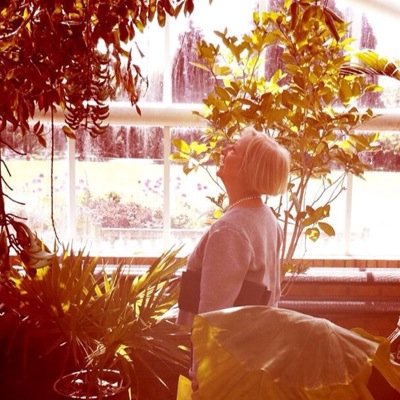How lovely: 'God spede the #plough, & sende us korne enow' - even the oxen look happy (though the ploughmen less so), and we’re suddenly in the room with the #medieval scribe illustrating the frontispiece to his 14thC manuscript of Piers Plowman (https://t.co/9KJTxTGLCX, f.001v).
13. And the rest of the year here. What these timings reveal is..
12. So if one represents this pictorially the calendar year looks like this ...
... by time, period, place and culture. Explanations are useful models for understanding the past. Claiming them as definitive ‘truths’ can be a lot more difficult. Eg https://t.co/hwqfrAT7Li. END
...were 3rd-hand interpretations of that 2nd-hand experience. The analogy is a reminder that, like the Lady of Shalott, we construct explanations of the past from fragmentary evidence, it’s meaning often opaque, refracted through the complexities imposed ....
@WhoresofYore And, of course, the great Olaudah Equiano (c1745-1797) whose wife was from Wisbech, and who is buried in St Andrew’s church, Chesterton, now in Cambridge city https://t.co/LVHRf1nSIs
@mixosaurus Have you seen Alicia Merrett’s work? https://t.co/RE98fcBJut
11. So here’s some pasture held under private property rights - the farmer controls access to his grassland and in this way is able to manage the stock and the land to ensure both the former’s health and the latter’s long-term productivity & sustainability.





















